
Written by Becky Willson, Business Development & Technical Director.
Manure is a fantastic on-farm resource. This is because it can deliver a source of nutrients that can be used to grow crops, as well as enhancing soil biological activity, feeding the soil microbes and helping provide a steady supply of organic matter. This can ensure that soils are in the best condition structurally, chemically and biologically. Manure is one of the most important resources that is produced on-farm, and should be valued rather than seen as a waste product.
A key way to be able to reduce reliance on fertilisers is to develop efficient and effective strategies for managing nutrients and manures on-farm.
Nutrient management planning
Managing nutrients in a systematic way through planning is a vital aspect of sustainable farming. It is a ‘win-win’ practice which generates advantages across economic and environmental parameters, and allows for the creation of a sustainable agricultural system which is resilient to climatic and economic change.
Nutrient management planning facilitates optimal use of nutrients from all available sources. Matching inputs of nutrients (from fertilisers and organic manures) to the demand from the crop will allow for an optimal yield, minimise the use of nutrients (which saves costs) and minimises the risk of losses to the environment from nutrients.
Slurries and solid manures are valuable fertilisers but may also be potential sources of pollution. Within increasing economic and environmental pressures on farm businesses, it makes sense to exploit the fertiliser value of manures while taking action to prevent pollution.
Most farm assurance schemes require a manure management plan to be completed as part of the certification process. However even without the compulsion of a scheme, having a plan which marks out any environmental features, watercourses, sloping fields which may cause run off and any areas will be a useful resource to consult before applying manures.
The need for effective manure management
The most effective way of dealing with livestock manures is to apply them at appropriate rates to agricultural land for the benefits of soil and crops. Getting manure management right allows for sustainable use of resources which provides economic savings and reduces the amount of artificial fertiliser that is required. Manures, when stored and applied correctly have fantastic benefits in building resilience within your farming system, cutting costs and lowering your carbon footprint, however if they are applied in too high a quantity or at the wrong time of year then they are an environmental risk. So it is the job of farmers to maximise the benefits that can arise and minimise the risks.
Nutrient management planning to mitigate greenhouse gas emissions
Nitrogen emissions to the air from farms include greenhouse gases, the most potent of which is nitrous oxide. Nitrous oxide is one of the biggest contributions that agriculture makes to climate change. Soil nitrous oxide emissions originate from three sources, soil microorganism activity (55%), organic manure applications (18%) and Nitrogen fertiliser applications, (27%). As such, careful management that maximises the efficiency of any fertiliser applied, takes account soil and climate conditions, and uses the nutrients within manures for crop growth will help to reduce the amount of nitrous oxide lost.
Nutrient and manure management planning will also help reduce ammonia emissions. While ammonia isn’t a greenhouse gas, it negatively impacts air quality and human health. The amount of ammonia which is lost depends on a variety of factors including manure type, the method and timing of applications, soil pH, the weather conditions at spreading, the soil moisture content and how the manure is stored. As such there are a variety of mitigation options available that are made easy by planning how manure is managed to reduce these risks.
Soil Testing
Although not always considered as linked to nutrient management planning, monitoring and controlling the pH of soils on-farm is the first step toward good nutrient management. If soil pH is not correct then any nutrients that are applied through fertiliser or manure applications will not be available to the crop and may be lost from the soil incurring costs, reduced yields and pollution issues.
Effective use of manures – Storage
Having sufficient slurry or manure storage means that effective nutrient management planning is much easier. With sufficient storage capacity, slurries and manures can be applied at the optimal time for plant growth and crop uptake, as well as being applied when the soil and field conditions are right and damage (including compaction and run off) is minimised. However for some farmers who don’t have enough storage, slurry has to be spread in less than ideal conditions, when there is little crop growth and nutrient uptake. It is in these situations where environmental losses can be the highest.
Thankfully there are ways that storage can be optimised. This can include minimising the amount of rainfall that is able to enter the store. Rainfall can dilute the nutrient content of the slurry but also costs more in manure application – more water is held within the slurry leading to a higher volume to be spread. Mending guttering, diverting clean water away from stores and covering yards to minimise the amount of water that is entering the store are all low cost ways to help maintain the nutritional value of the manure and also reduce costs. Covering stores is also an option and there are various cover options that are available depending on the store type and design. Floating covers will also reduce the amount of ammonia which is released into the atmosphere which has air quality benefits.
With solid manure it is important to consider the siting of field heaps and managing the heap to ensure that Nitrate leaching is minimised. Composting of FYM will provide a more stable and uniform material which will have benefits for soil biology, but will not provide such a high readily available Nitrogen source as fresh manure.
Effective use of manures – Application
Ensuring that manures are applied at the right rate and the right time is the most important step to reducing environmental risk and improving economic performance of the farm. The method of application can affect the amount of nitrogen that is available to the crop. Although the total nitrogen content within the manure cannot be altered by the method of application, the proportion of the nitrogen that is available to the growing crops is improved by using low trajectory machinery.
Spreader technology has developed over recent years so that now there are numerous options available for spreading slurry (where losses are potentially higher). Broadcast spreaders will waste nutrients, but this can be minimised by using injection or band spreaders which put the slurry directly on the soil surface or into a narrow slot. For solid manures, the evenness of spreading is far improved by using a rear discharge spreader. If manure or slurry is to be incorporated, ensuring that it is done quickly after application and not just left on the surface where the nutrients may well be lost is important.

Optimising the use of manures and slurries on-farm will provide benefits through improving profitability, resilience and soil health. For more information on manures and nutrient management planning please visit the FCT toolkit pages to access a range of resources.








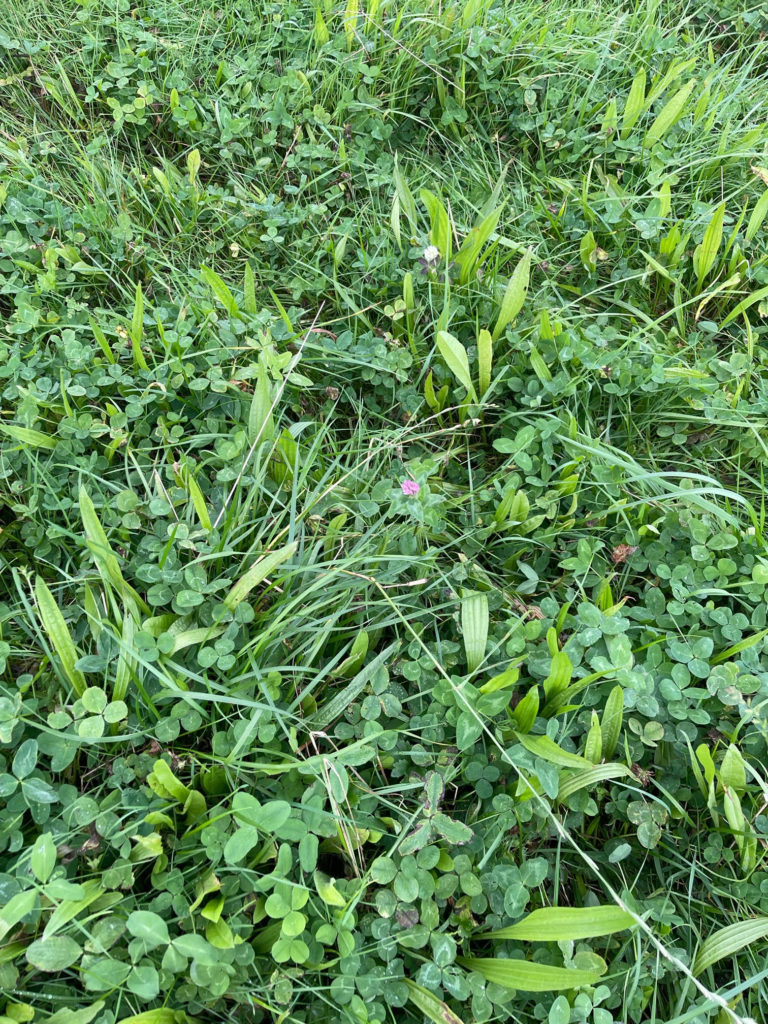

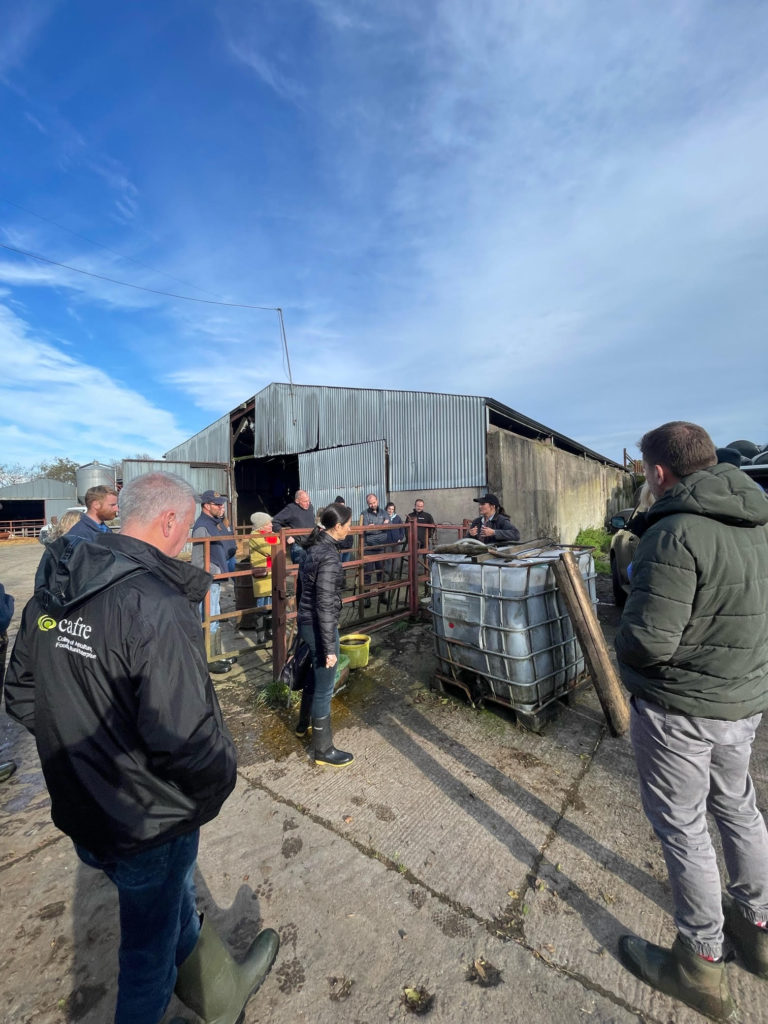


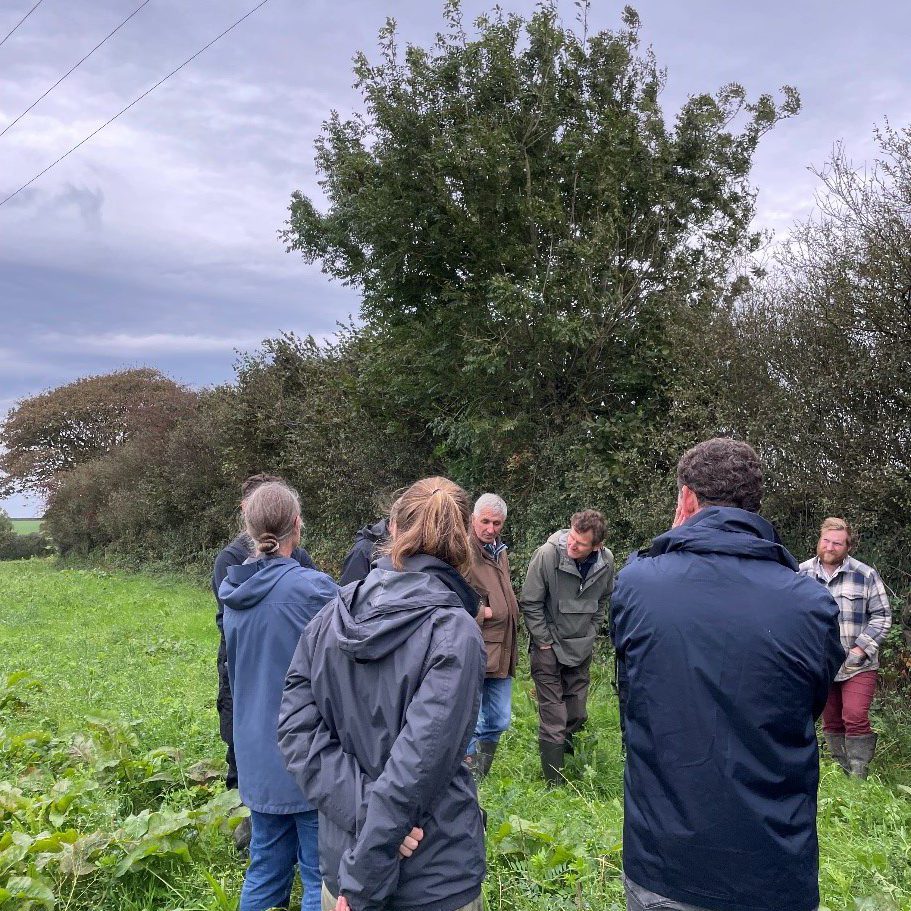

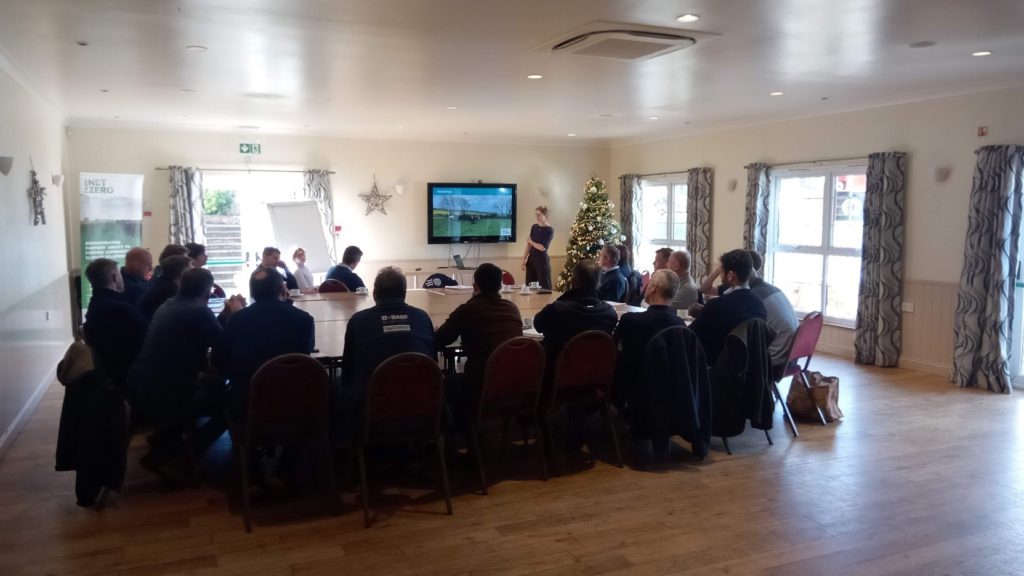
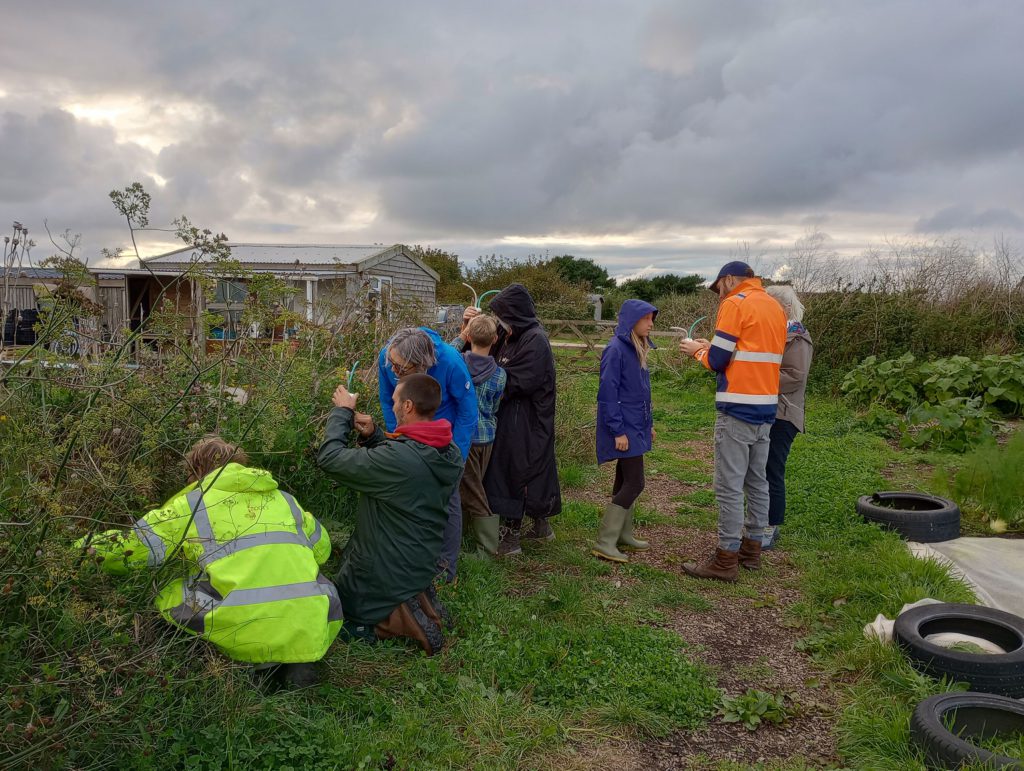







Recent Comments